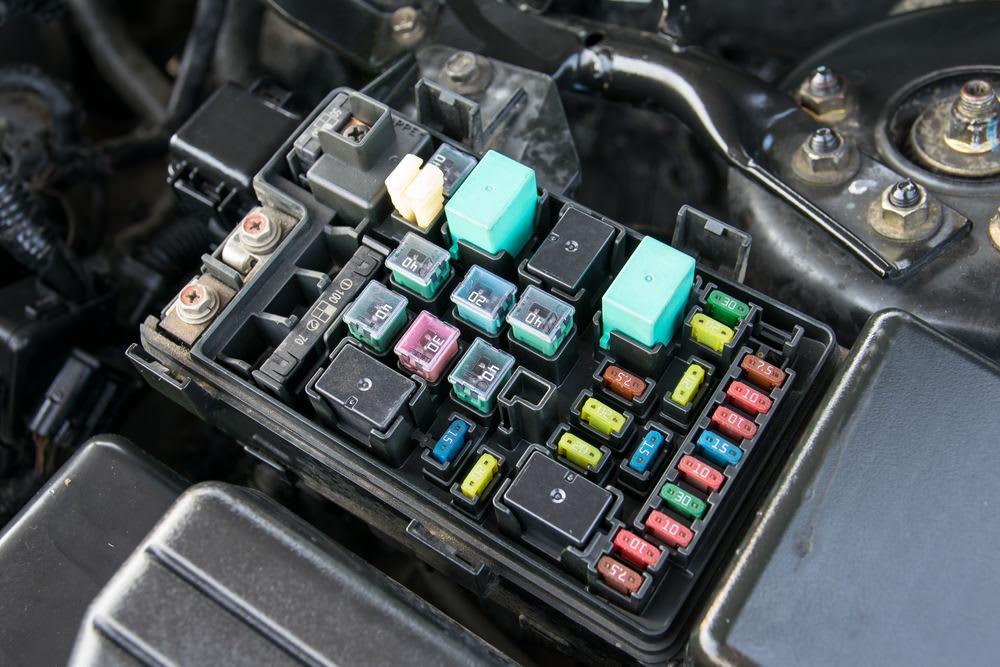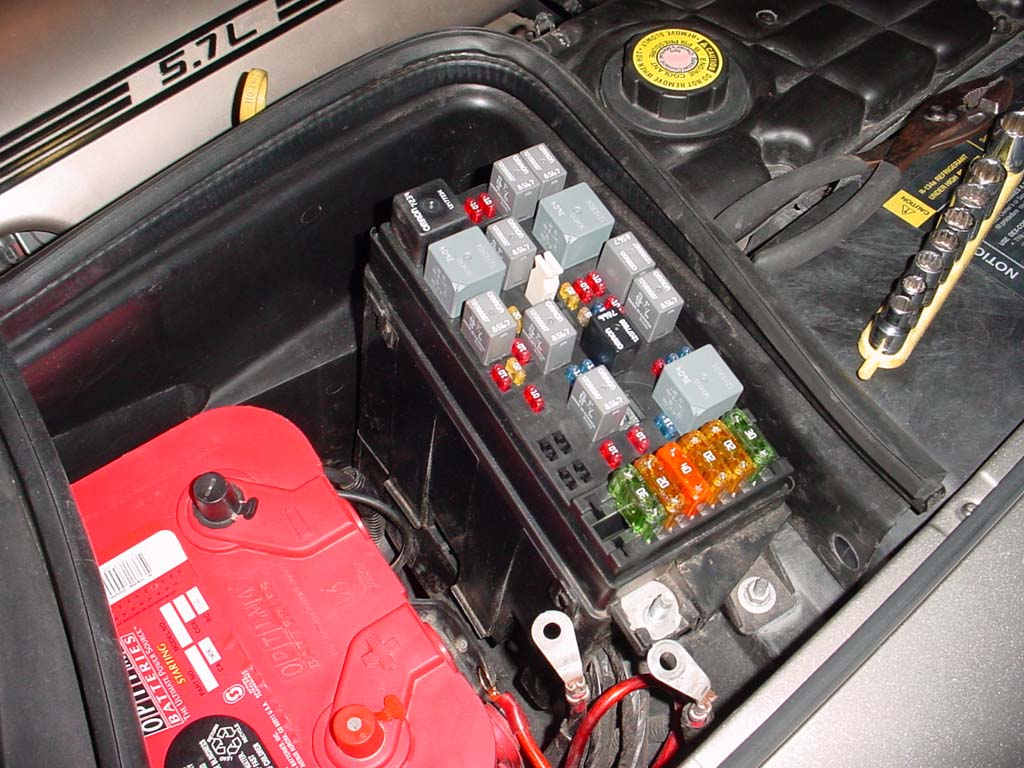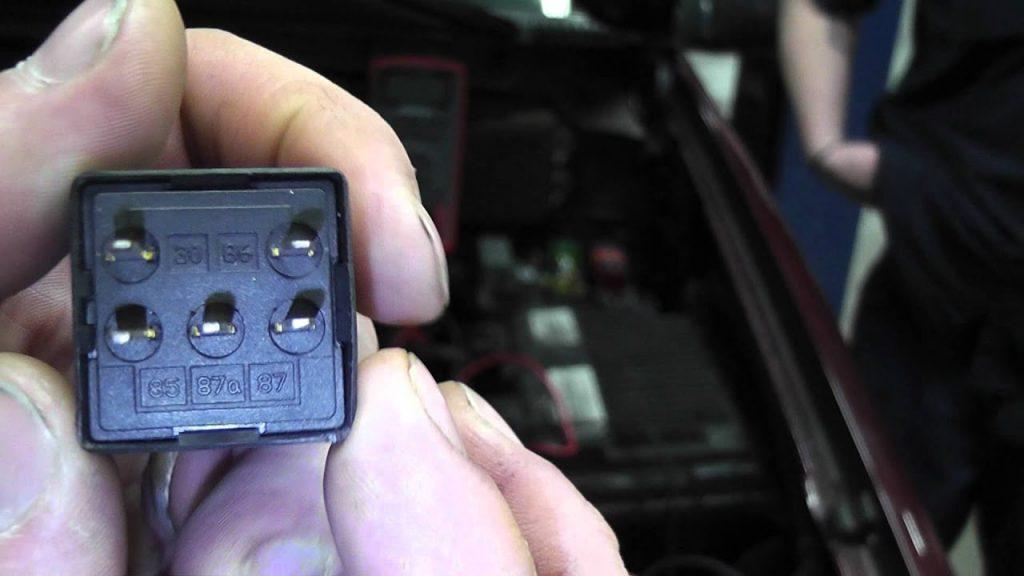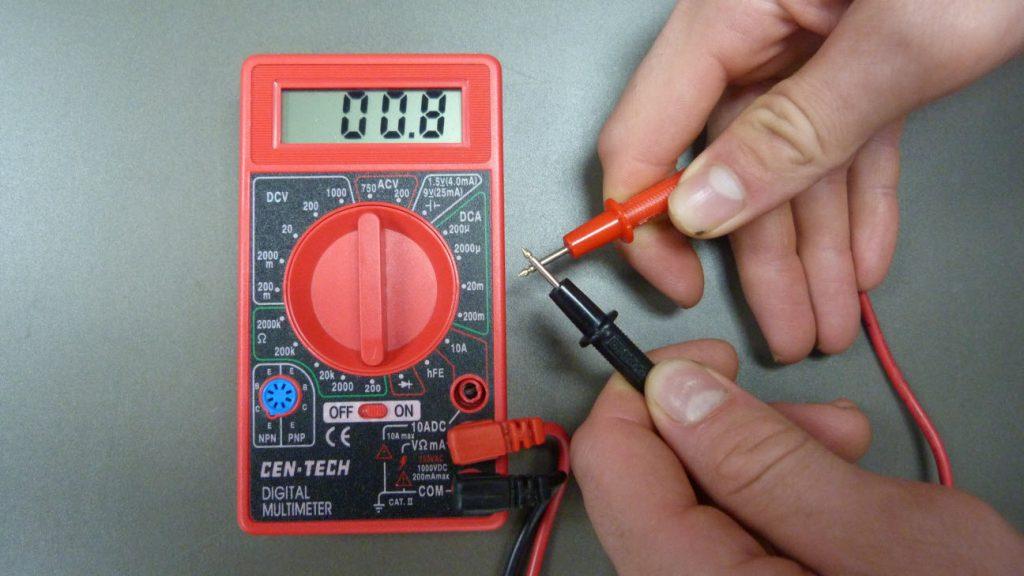How A Fuel Pump Relay Work & Symptoms Of A Bad Relay
You might be familiar with the fuel pump, the component inside the fuel tank that creates pressure in the fuel lines to push gasoline to the combustion engine for it to run. The fuel pump can malfunction due to several reasons, one of which is the lesser-known issues with the fuel pump relay.
The fuel pump relay is the electronic component found on all vehicles with an internal combustion engine. To “relay” means “to receive and pass on”.
Whenever the ignition is turned on, the fuel pump relay will supply or “pass on” a consistent voltage to the fuel pump. Therefore, problems with the relay will result in the fuel pump malfunction, which in turn will cause start-up issues!

What is a Fuel Pump Relay?
The fuel pump relay is a necessary component for the combustion engine model to function. The combustion engine needs fuel to run, and this component ensures that that engine gets what it needs. It is usually controlled by the ignition or the power control module.
When you turn on the ignition, it is activated and will supply electricity to turn on the fuel pump. When you shut off the ignition, it powers down the fuel pump.
Location
In most vehicles, this relay can often be found in the fuse box in the engine bay, which is usually a long black box that contains the relay along with various other fuses and relays.

If you cannot find it, check your owner’s manual. The fuel pump relay can be located in different places on different cars: under the hood, on the firewall, or near the steering column, to name a few locations.
Function
When you turn the key in the ignition to start your car, the “start cycle” of the combustion engine begins. The fuel pump relay is activated long enough to supply the current required to turn on the fuel pump.
The key here is to produce a small amount of voltage but consistently to the fuel pump. Once the engine is running, the fuel pump relay shuts off.
At this point, the electricity for the fuel pump is supplied by the oil pressure-sending unit. When you shut off the ignition, the fuel pump relay is engaged again, long enough to power down and shut off the fuel pump.
READ MORE
- Fuel Pump: 9 Things You Need To Pay Attention
- How To Start A Car With A Bad Fuel Pump?
- How To Change A Fuel Pump
Symptoms of A Bad Fuel Pump Relay
The engine does not start
A common symptom of a faulty fuel pump relay is an engine that just refuses to start, even though the engine may still crank when the key is turned since there is no power supplied to the fuel pump.
Of course, you might be aware that a no-start problem can also be caused by a vast number of other issues, so in this case, you should perform a thorough diagnosis.
Engine stalls
One of the most common symptoms of a failing fuel pump relay is an engine that suddenly stalls. While the vehicle is running, the fuel pump relay suddenly cuts off power to the fuel pump, causing the engine to stall.

If your engine stalls and refuses to restart, you’re having a completely failed fuel pump relay and must have it replaced. If you’re lucky and your car restarts after a short while, your fuel pump relay is faulty, which requires immediate inspection.
Loss of Power
The fuel relay may be the culprit if the car suddenly seems to lose power while driving, or slowing down with no apparent reason. This does not always mean the car will stall.
Sometimes the vehicle will go on running like normal for some time. However, once you experience a sudden loss of power while driving, an inspection and repair are highly recommended.
Since there is always the risk that the next time the car may come to a halt, leaving you stranded in the middle of the road.
No noise from the fuel pump
Another symptom that may point to a bad fuel pump relay is no noise from the fuel pump when you turn on the ignition. The fuel pump is located in the fuel tank, near the rear of the vehicle, and can usually be heard when the engine starts.
A healthy fuel pump plus a healthy relay will often produce a variation of a low-volume hum or whine which can be heard from inside the vehicle, or from the outside, near the fuel tank.
If it fails, the fuel pump will receive no power and will not operate, thus it will be silent.
How to Diagnose A Bad Fuel Pump Relay
Visual inspection
Always start with a visual inspection first before moving on to other tests, which will be specified below. A fuel pump relay does not have many parts to inspect, so worry not.

- Locate the black fuse box located in the engine bay.
- Locate the relay, which is a cube-shaped object that connects with prongs like an electrical plug. If the relay is within the black box, pry it out carefully using a flathead screwdriver. Disconnect the plug-in and fuse to the relay to remove it.
- Inspect the terminals and sockets to look for signs of corrosion and overheating. Remember, while the fuel pump requires a small but consistent current, corrosion will prevent proper current flow. Meanwhile, overheating points to problems with the relay or the circuits it connects to.
- Clean corroded terminals and sockets with electrical contact cleaner. Remember to protect your hands and eyes with gloves and goggles.
- Check the contact and the coil, which are the most common parts to burn out or break.
- Lastly, check all fuses.
Test
After visual inspection, if you cannot identify any possible culprit, continue to test your fuel pump relay to see if it has failed:
- Set your digital multimeter to the lowest range on the Ohms scale or set it to ‘continuity’.
- Connect one lead to one of the power circuit pins, and connect the other lead to the other power terminal.
- Your meter should read infinite resistance.
- If you detect zero ohms or any resistance value instead of infinity, your fuel pump relay has shorted power pins and needs to be replaced.
Alternatively:
- Set your digital multimeter to ‘continuity’.
- Connect one lead to one of the power circuit pins, and connect the other lead to the other power terminal.
- If you hear a beeping sound, your fuel pump relay’s power pins have shorted. Replace the relay.

READ MORE
Fuel Pump Relay Replacement Cost
You can easily find fuel pump relays online or at any automotive spare parts shop. The average replacement cost ranges from $90 to $150, of which $20-$50 is for parts and the remaining is the labor cost.
Cleaning A Fuel Pump Relay
Cleaning the relay is a simple maintenance job you should learn, as the relay can get dirty easily in many circumstances. If it’s located inside the engine bay, which can get hot from the engine’s heat, the heat can impede the relay’s performance.
In addition, in the rare cases where you will find the relay placed in the engine bay but outside the fuse box, it will be exposed to heat plus dust, and dirt. Since any debris will affect the fuel pump relay’s performance, you should regularly inspect and clean it when necessary!














